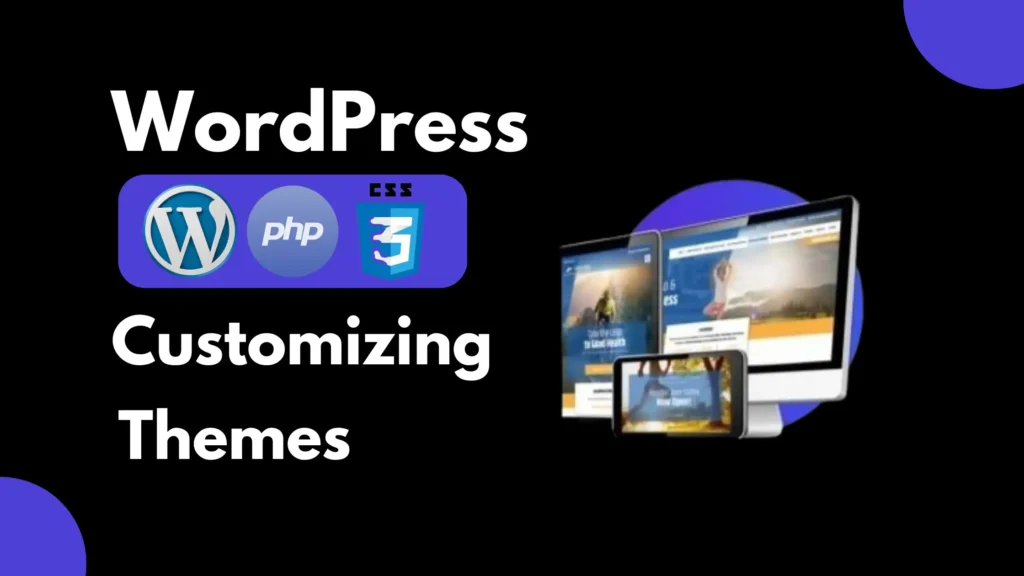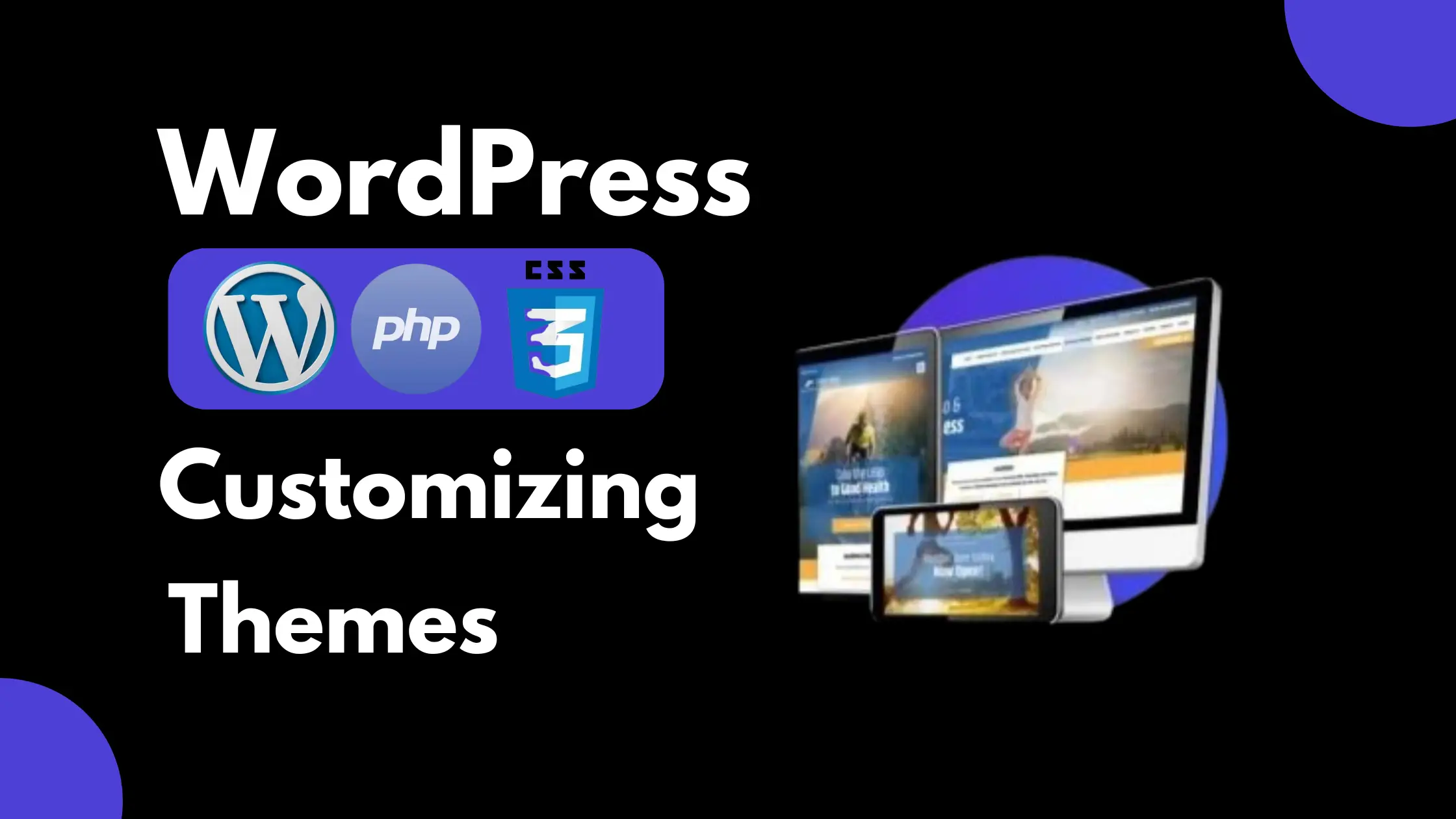Customizing WordPress themes with PHP and CSS offers a powerful way to tailor the look and functionality of your website to meet your specific needs. Understanding how to manipulate PHP and CSS within WordPress themes can unlock endless possibilities for design customization and enhanced user experience. In this article, we will explore the fundamental concepts of WordPress theme customization, delve into the intricacies of PHP functions and CSS styling, discuss the importance of modifying template files, and provide insights on using child themes for safe customizations. By implementing custom functions and following best practices, you can optimize the performance of your WordPress site while creating a unique and visually appealing online presence.

Introduction to Customizing WordPress Themes
Exploring the Basics of WordPress Theme Customization
Customizing WordPress themes allows you to put your creative stamp on your website. Whether you want to tweak the layout, change colors, or add new functionality, knowing how to customize themes is essential for making your site stand out.—
Understanding PHP in WordPress Theme Customization
Introduction to PHP Functions in WordPress
Customizing Theme Elements with PHP
PHP is the powerhouse behind WordPress themes, enabling dynamic and interactive elements on your site. Understanding PHP functions in WordPress gives you the ability to customize themes in ways that go beyond what you can achieve with just CSS.—
“Don’t miss out! Check out my latest YouTube video for in-depth insights and exciting content. Click here Gadget Crunchie to watch now!”
Gadget Crunchie
Leveraging CSS for Custom Styling
Introduction to CSS in WordPress Themes
Applying Custom Styles Using CSS
CSS is like the magician’s wand that transforms the visual appearance of your website. By mastering CSS in WordPress themes, you can tweak fonts, colors, spacing, and more to create a look that matches your unique style.—
Modifying Template Files for Advanced Customization
Understanding Template Hierarchy in WordPress
Customizing Template Files for Specific Design Changes
Template files are the building blocks of your WordPress theme, determining how different parts of your site are displayed. Understanding the template hierarchy and customizing these files gives you the power to make precise design changes and take your customization skills to the next level.
” Top Web Development Frameworks Use in 2025″ Read Now
Article Link
Using Child Themes for Safe Customizations
When it comes to customizing WordPress themes, using child themes is like putting a protective bubble around your changes.
Creating and Activating Child Themes in WordPress
Creating a child theme involves a bit of folder wrangling and a sprinkle of code magic, but it’s worth it. Once activated, your child theme ensures that your customizations remain intact through theme updates.
Benefits of Using Child Themes for Customization
Child themes give you the power to tweak and twist your theme without the fear of breaking things. Plus, they keep your main theme files squeaky clean, making it easier to manage everything.—
Implementing Custom Functions for Enhanced Functionality
Want to take your theme customization skills up a notch? Custom functions are your secret sauce.
Creating Custom Functions in WordPress
Writing custom functions might seem daunting, but with a dash of PHP knowledge and a sprinkle of creativity, you can make your theme do some pretty neat tricks.
Enhancing Theme Functionality with Custom Functions
Custom functions let you add new features, modify existing ones, and basically make your theme dance to your tune. They’re like the cherry on top of your WordPress sundae.—
Optimizing Performance Through Theme Customization
Speed matters, especially in the world of websites. Luckily, smart theme customization can give your site a speed boost.
Improving Page Loading Speed with Efficient Customization
Trimming the fat, optimizing images, and streamlining your code can turn your sluggish site into a speed demon. Your visitors will thank you.
Optimizing Code for Better Performance
Clean, efficient code isn’t just for show – it can make your site run smoother, load faster, and keep everything running like a well-oiled machine.—
Best Practices for Customizing WordPress Themes
Customizing themes is all fun and games until something breaks. Follow these best practices to keep your theme tweaks in tip-top shape.
Following Coding Standards for Clean Customizations
Consistent indentation, meaningful variable names, and comments that actually make sense – these little things can make a big difference when you’re knee-deep in code.
Testing and Troubleshooting Customized Themes
Before you unleash your customized theme on the world, give it a thorough test run. Click around, check different devices, and make sure everything looks and works as intended. And when things go haywire (because they probably will), take a deep breath and dive into troubleshooting mode like the theme superhero you are.In conclusion, mastering the art of customizing WordPress themes with PHP and CSS empowers you to create a website that truly reflects your brand identity and engages your audience effectively.
By applying the techniques discussed in this article, you can elevate the visual appeal, functionality, and performance of your WordPress site. Remember to continuously refine your skills, stay updated with the latest trends, and experiment with new customization methods to keep your website fresh and optimized for success. Embrace the creative possibilities that WordPress theme customization offers, and watch your online presence flourish.




